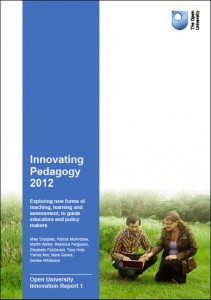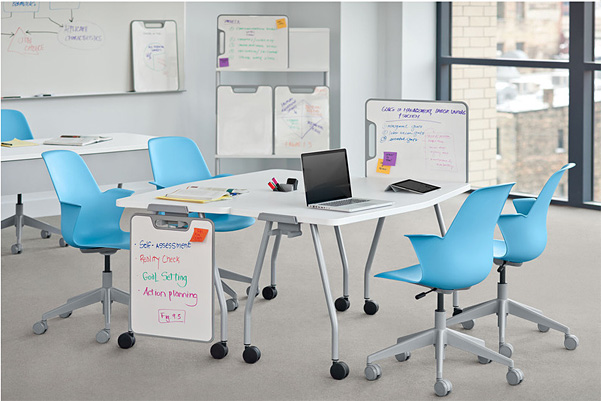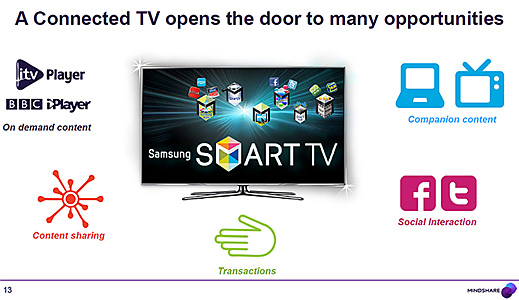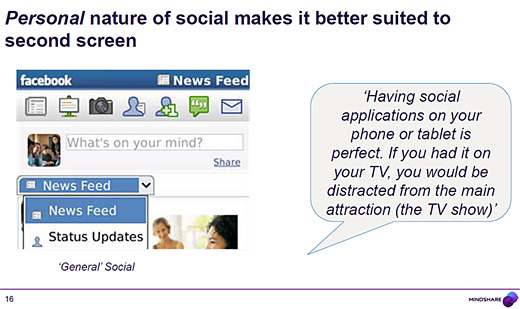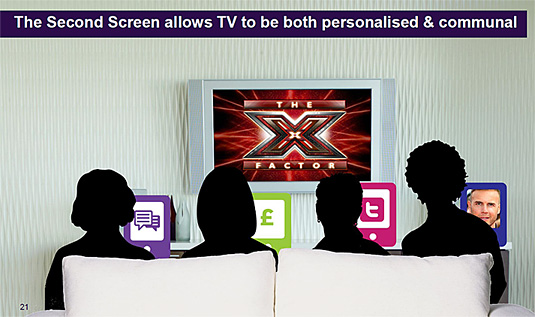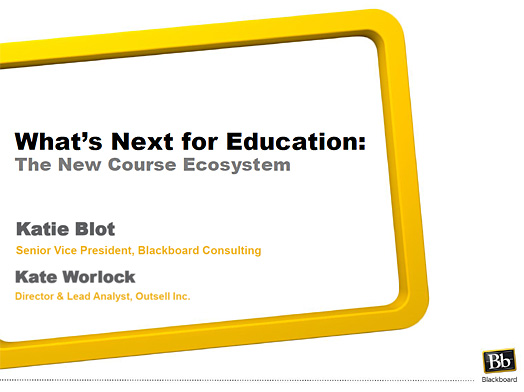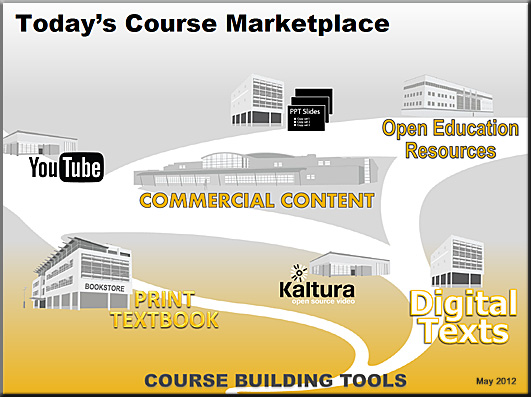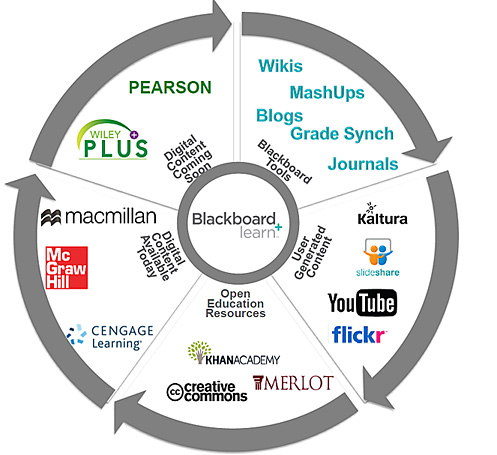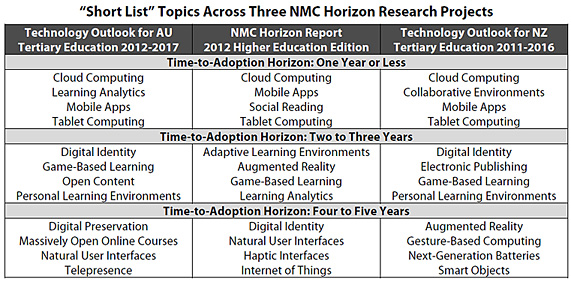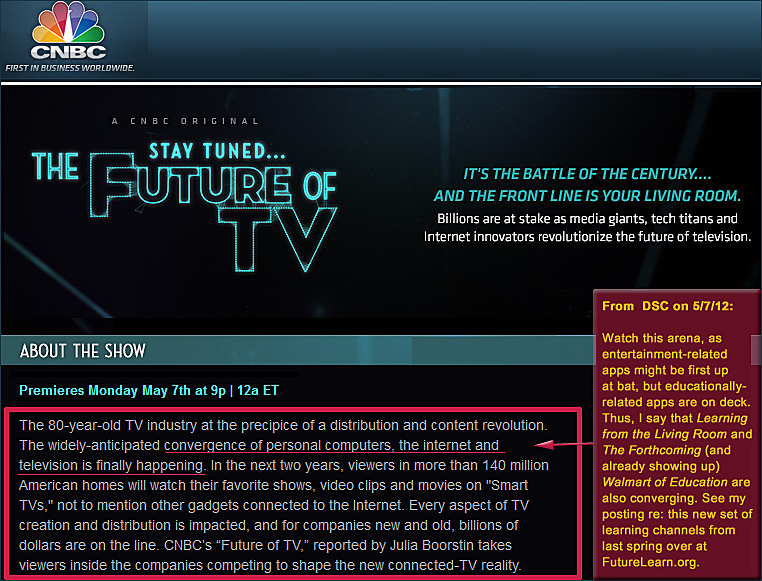The future of education, according to McGraw-Hill — from edcetera.com by Kirsten Winkler
Excerpt:
Certainly, there needed to be a set of skills defined to call a student college-ready, but the path of how to achieve these fixed goals should be an individual one that allows students to go after their interests and respects their individual talents. Students shouldn’t be in the same grade when they’re not on the same level. What we’re talking about is a flexible system that would depend on when a student is ready rather than when a curriculum defines they’re ready.
Such a more flexible model is inspired by some of the things that are happening in higher education already. This is a great example of how innovation taken from higher ed is making its way into high schools.
Vinet Madan used a nice metaphor when he explained this approach in our interview. It’s like the decision to take either the scenic route by the coast or the highway to get to your goal. Ultimately, both routes will take you to the destination, it’s just a personal preference.
Also see:
- McGraw-Hill exec: tech will make us rethink age-grouping in schools — from gigaom.com by Ki Mae Heussner









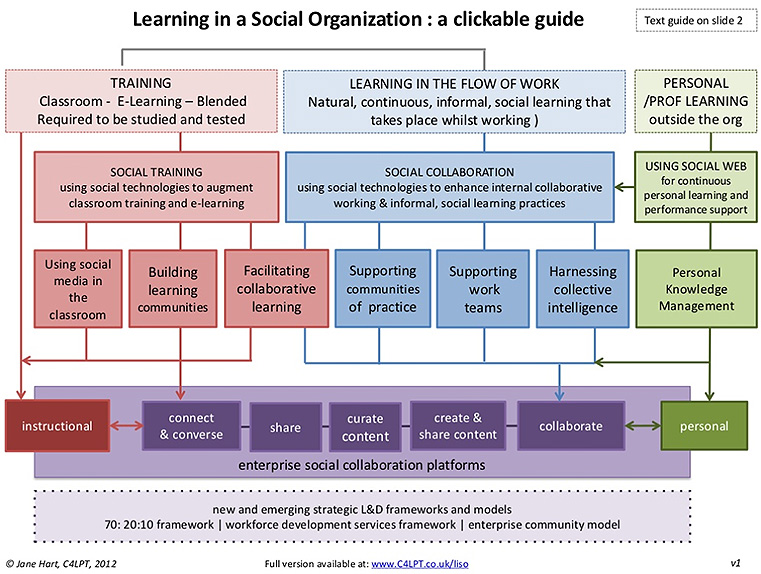
![The-Living-Class-Room-Daniel-S-Christian---July-2012 The Living [Class] Room -- by Daniel Christian -- July 2012 -- a second device used in conjunction with a Smart/Connected TV](http://danielschristian.com/learning-ecosystems/wp-content/uploads/2012/07/The-Living-Class-Room-Daniel-S-Christian-July-2012.jpg)
